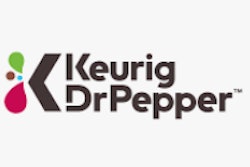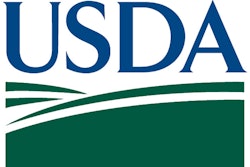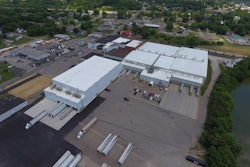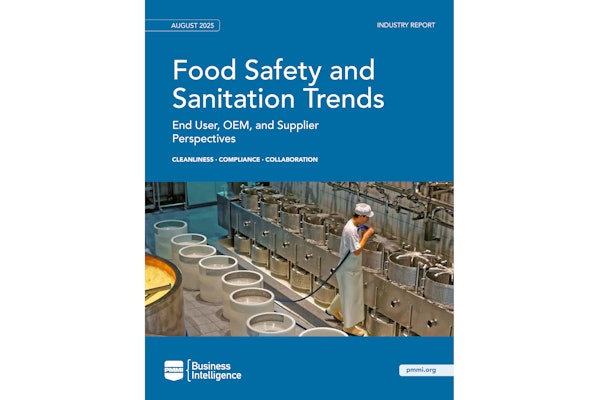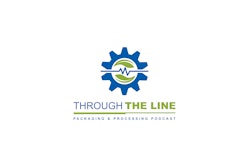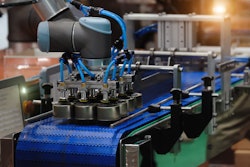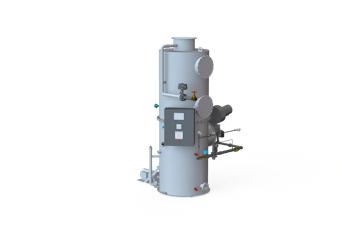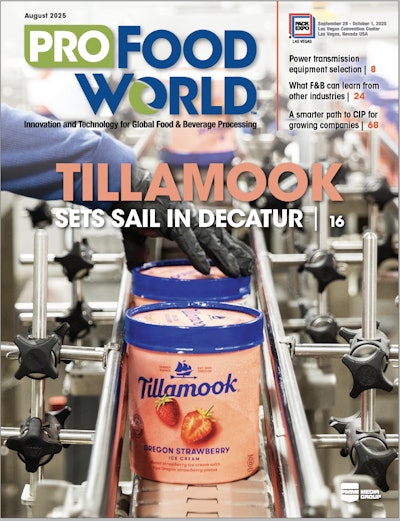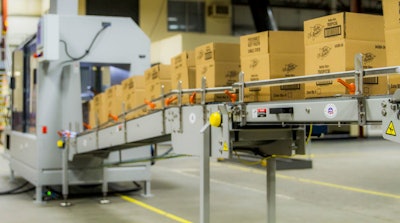
Earlier this year, Pearson Packaging Systems tested blockchain technology in a pilot project that experimented with new ways for customers to pay for its end-of-line packaging equipment. That idea came out of necessity, as customers sometimes lack access to capital, but still need the machines. Customers said, “If you are willing to provide us with the equipment, we’ll pay on the successful output,” recalls Michael Senske, president and CEO of Pearson Packaging.
It was a good concept, the problem, however, was that it was very difficult to keep track of the performance of the machine and tie it into a real-time payment process. But then Senske foundstart-up company Steamchain Inc., which has an automated business process engine that leverages the Internet of Things (IoT) and blockchain to access the data from industrial machines and use it to execute financial transactions. Blockchain, commonly associated with the cryptocurrency Bitcoin, is a secure and immutable digital ledger that logs machine output and calculates transactional payments.
The technology has worked so well that at PACK EXPO Las Vegas, Pearson (booth C-3106) will officially announce this new purchasing method, known as Machine-as-a-Service (MaaS). MaaS will allow manufacturers to use Pearson case erectors, sealers and compact palletizers as part of their operation, but without the upfront equipment investment. Instead, Pearson retains ownership of the machineswhile customers pay for output.
Senske says MaaS is an ideal option for companies who prefer to pay for automation incrementally, or who have an immediate need for end-of-line machinery, but don’t have approved funding. By eliminating the upfront expense of machinery, manufacturers can devote their resources to other projects that improve operations or differentiate their businesses, such as new product development, he says.


